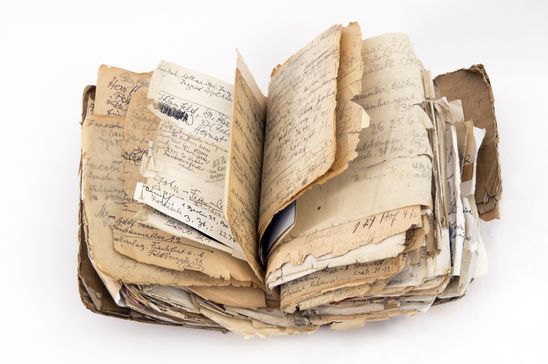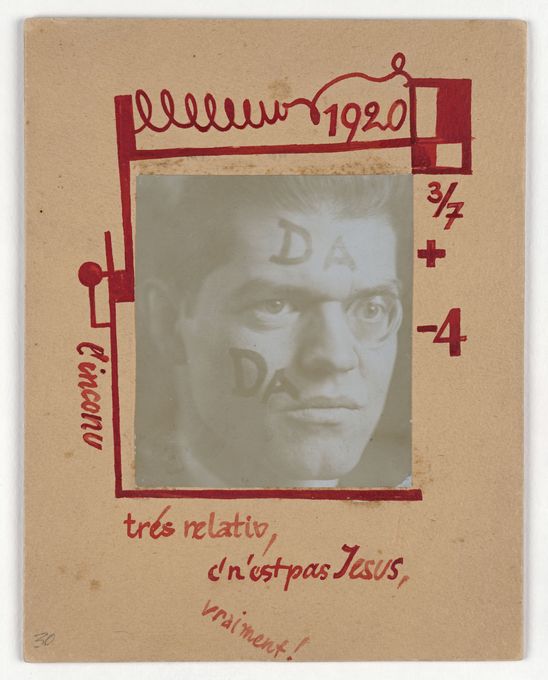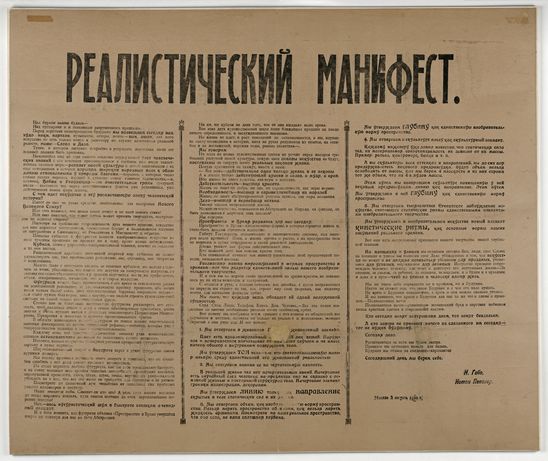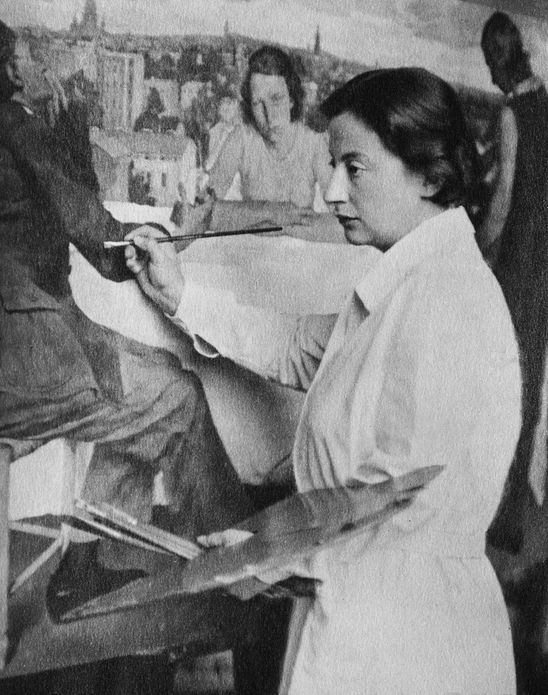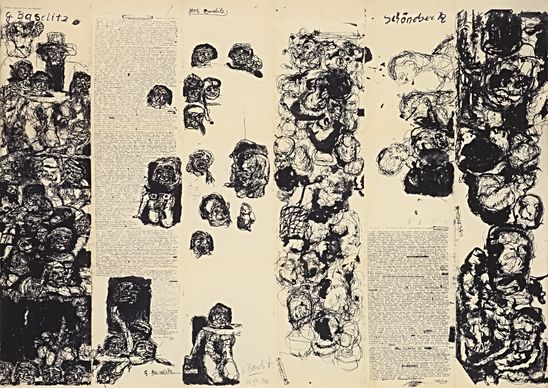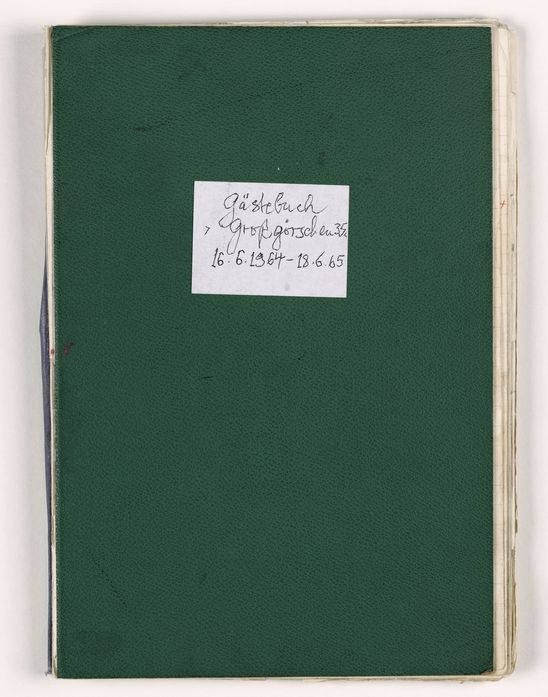“The past we are leaving behind as a carrion. The future we leave to the fortune tellers. We take the present day.”
Naum Gabo and Antoine Pevsner
Those are the closing lines of the Realistic Manifesto published in Moscow in 1920 by the Russian artist Naum Gabo (1890–1977) and his brother Antoine Pevsner. Space and time are the only factors that shape our reality, they observed in their polemic, and so they alone should define art. The brothers rejected colour, line and volume as formal elements, as these merely served to describe the world by imitating it. For Gabo and Pevsner art, however abstract, was only “realistic” if it was an authentic component of life. They called for independent art that could achieve more: the vision of an all-embracing new social order.
Gabo applied those principles to his own sculpture. In 1922 his revolutionary works were shown at the First General Russian Art Exhibition at the Van Diemen gallery in Berlin. This experience opened the eyes of many German artists to a completely new dimension of art.
Naum Gabo und Antoine Pevsner
Realistic Manifesto
[Реалистический Манифест]
1920
Letter press
64 x 76,5 cm (Blattmaß)
Gifted by Nina und Graham Williams, Biddenden Kent/Großbritannien, 1988


